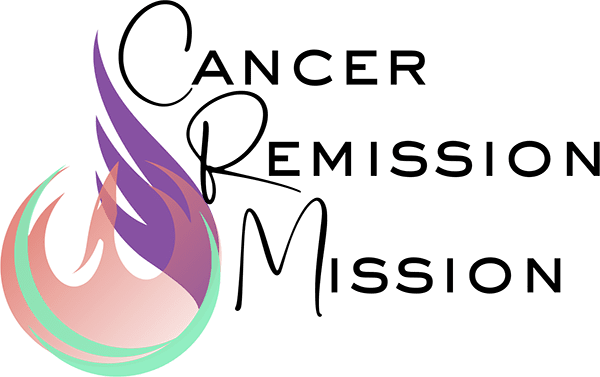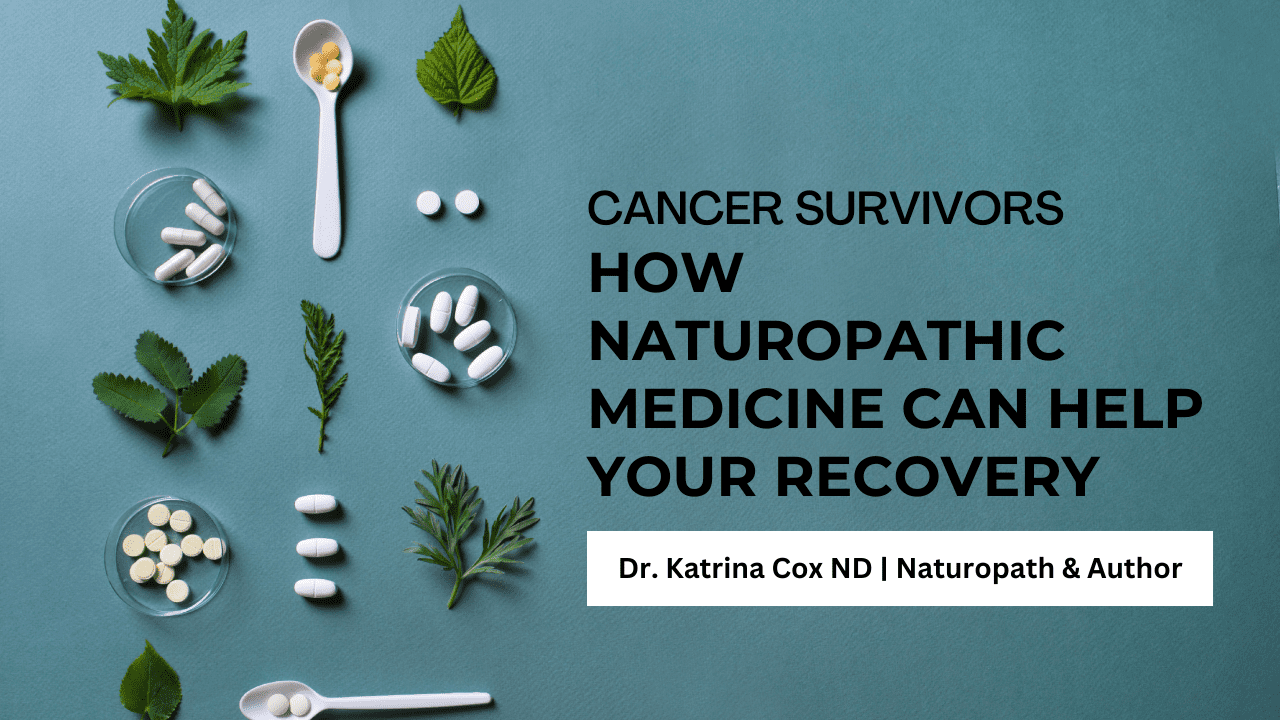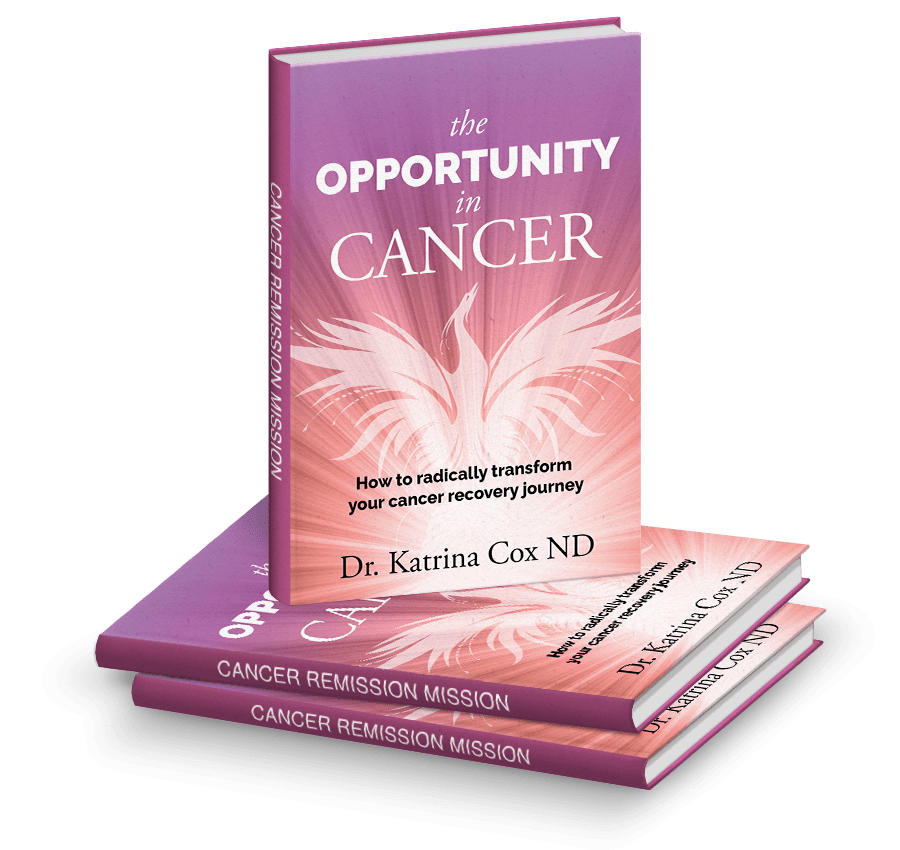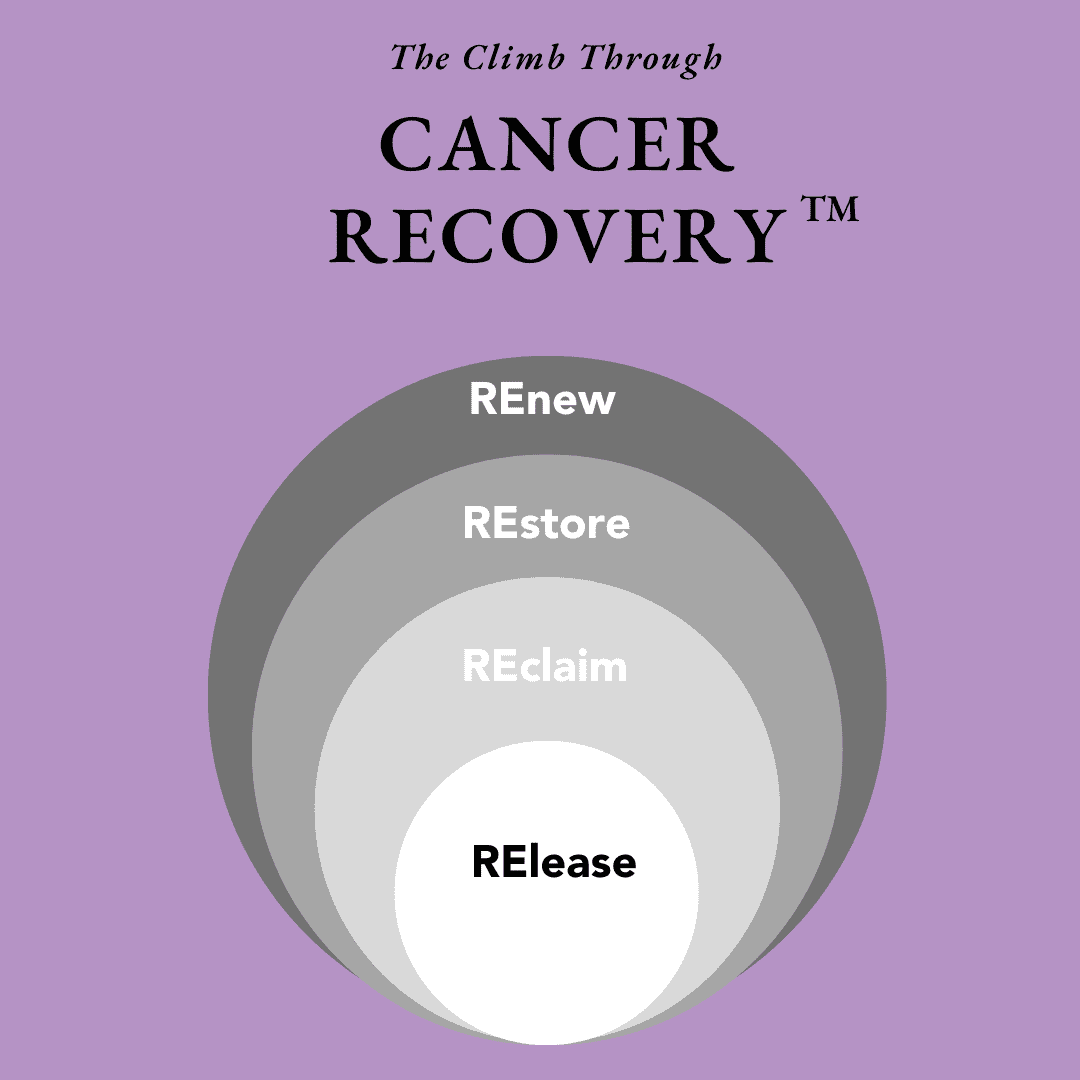 Spring has almost sprung, so the notion of “spring detoxes” is showing up on social, in my office and even in my daily conversations.
Spring has almost sprung, so the notion of “spring detoxes” is showing up on social, in my office and even in my daily conversations.
Detoxification is a complicated term and can be thrown around quite liberally these days. It’s especially complicated for cancer survivors.
The most important thing to consider when discussing detoxification as a cancer survivor are the real reasons why detoxification is an important consideration.
When writing my book a common theme that started to appear for me was that detox is about releasing—releasing the past, releasing the trauma on the body, and releasing the weight of past diagnosis and treatment and how it has impacted the body, mind, and spirit.
This is how the concept of Release became the foundational first step for the Climb ThroughCancer RecoveryTM.
The intuitive part of the body and mind are asking for a detox more for the nature of creating a release.
At the very core of Release, is the need and desire to exit survival mode, rather than the need to go on a fancy dietary regimen or liver protocol.
In fact, I created an eight step process (“The Eight Pillars of RecoveryTM”) to restore the body and know where to start with recovery of your personal physical health.
HINT: It’s not always with a “detox”.
The Eight Pillars of RecoveryTM
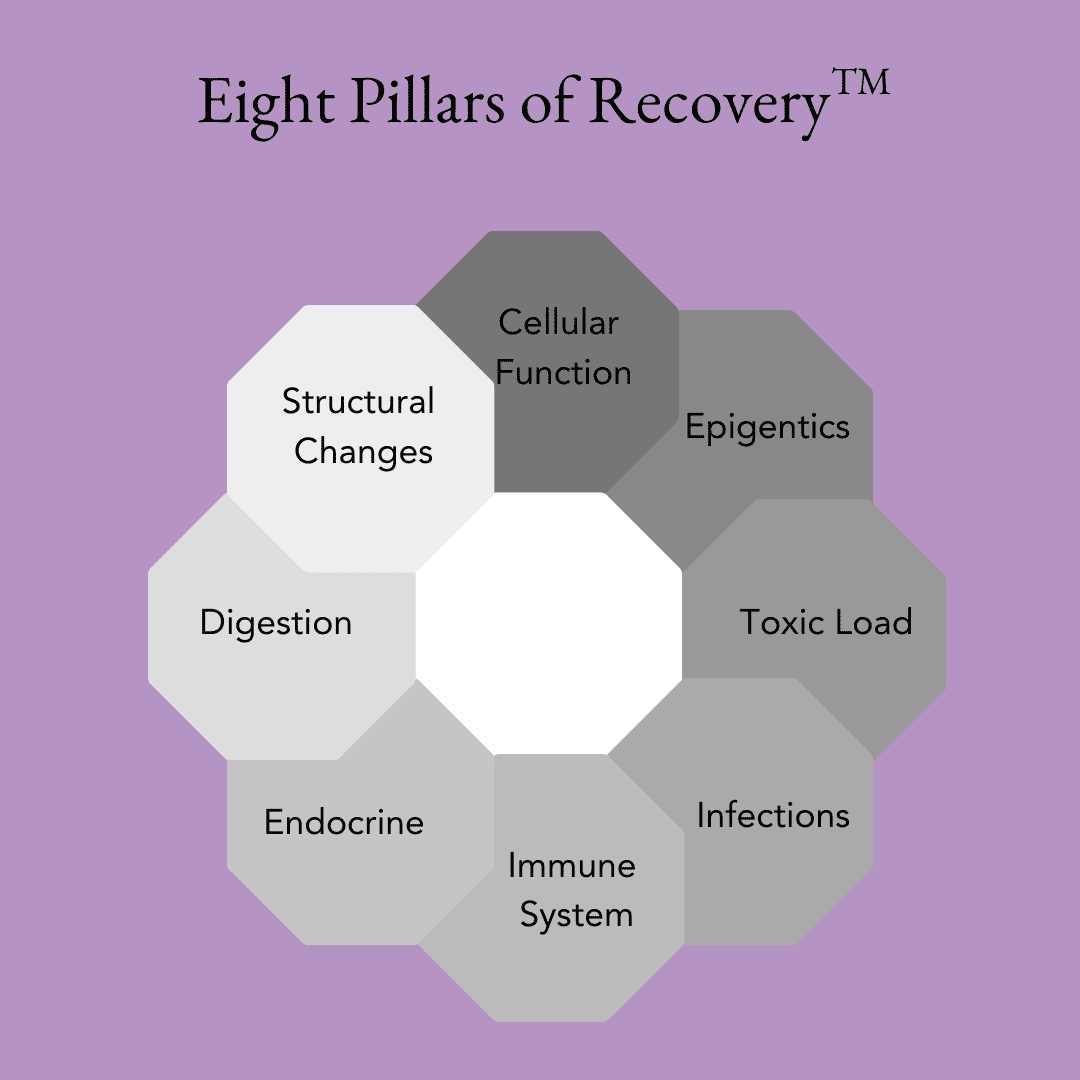
The American Cancer Society suggests that a systematic approach to the recovery process must be considered and developed.
However, to this day, I have yet to see such a systematic approach developed or implemented.
In fact, the need for this kind of systematic approach was a major driver in the development of the Cancer Remission MissionTM, as I was constantly exposed to the gaps that undermine patients’ recoveries.
With inspiration from my patients and mentors, I created a priority list called the Eight Pillars of RecoveryTM to address this important need and help survivors not only know where to start, but what to put at the top of their list.
The Eight Pillars of RecoveryTM should be explored and evaluated for everyone, so an
an in-depth, individualized, systematic recovery plan can be created to transform cancer survivors to thrivers.
Not everyone will need to attend to all eight pillars, and some people may experience some
roadblocks to treatment. So, sorting through the Eight Pillars, identifying any roadblocks that may
exist and seeing what changes can be made to impact multiple pillars at once is a great way to start.
The eight pillars include:
1) Cellular function: Assess and replenish nutrient deficiencies, consider interventions and
lifestyle changes that support daily cellular creation and recovery to deeply address mitochondrial repair.
2) Epigenetic factors: Pre-existing conditions, detoxification pathway investigation, understanding your single nucleotide polymorphisms (SNPs, also called “snips”) to understand your mitochondrial needs and your possible gene expressions.
3) Toxin load: Assessing heavy-metal burden and any environmental toxin exposures,including mold, pesticides, and other chemical exposures.
4) Infections: Assessing for past, present, or chronic infections. For example, Epstein Barr Virus (EBV), chronic Lyme disease, urinary tract infections, and yeast infections.
5) Immune System/Inflammation: Current status of white blood cells, considerations to helping mature an immature immune system, nutrient deficiencies that aid in immune system function.
6) Endocrine balancing: Considerations of hormonal balancing, adrenal function, thyroid function, blood-sugar balancing, insulin resistance, metabolic changes.
7) Digestion: History of digestive function issues or lingering symptoms of digestive disruption from treatment. For example, irritable bowel syndrome, constipation, present state of elimination, microbiome recovery.
8) Structural changes: Scar tissue, limitations from surgery, lymphedema, muscular weakness.
A thorough approach to assessing these factors and developing an individualized treatment plan is paramount. Fully examining these eight categories and their impacts can feel daunting. However, I created a questionnaire found at the end of chapter 8 in my book; there’s also a fully downloadable version available as a bonus when you purchase the book.
Start by going through the questionnaire to see which categories you can prioritize. Always remember to take it one step at a time.
This work is meant to help create clarity around treatment needs and give a better understanding of where your physical recovery currently stands.
Consulting with a qualified practitioner who is engaged and knowledgeable about the eight pillars, as well as interested in helping you develop this plan, can be a critical step to your success.
Note: Portions of this blog post are extracted from Chapter 8 of my book, The Opportunity In Cancer. If this resonates with you and you want to learn more about the book and the worksheets that accompany this chapter, check it out here.
